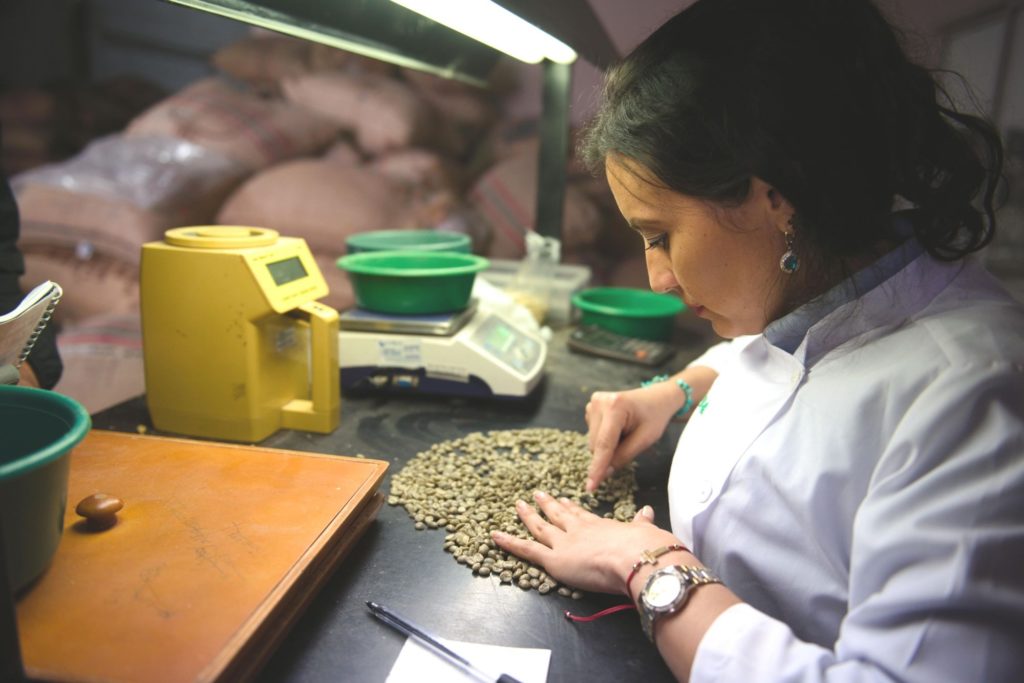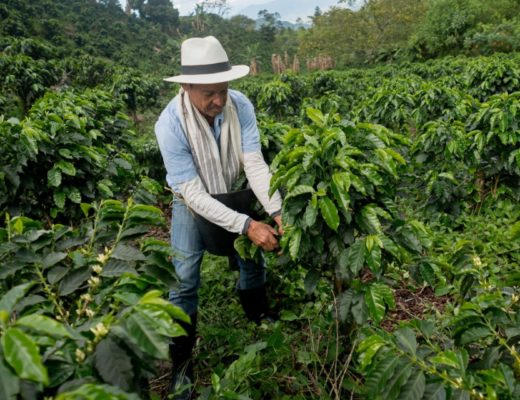Have you ever found yourself shopping for your favorite coffee only to learn that the variety isn’t in season? Like other fresh products, coffee has different growing seasons throughout the year. Because of the many locations where coffee can grow, and the factors that can affect a good batch of coffee — climate, elevation, drying — the harvest time of each coffee varies greatly. Coffee is grown in 70 countries in the subtropics of the world. While coffee may be available year-round on store shelves, your favorite country of origin may only be found during select seasons throughout the year.
The Harvest
The coffee harvest generally lasts three to five months depending on several factors, mainly the type of coffee seed variety and the elevation and climate that it is located. The cherries on each plant mature at different rates, some can take up to six months to mature for harvesting.
To put coffee cherry harvesting into perspective, it can simply be compared to picking tomatoes from your backyard or container garden. You often see tomato plants (also a fruit) ripening their fruits daily, with spike in production for a few weeks, and then trickle production for perhaps a month thereafter. Using several varieties of tomatoes will also change the time when they begin and end ripening.
Individual coffee producing farms will often extend over varying elevations, incorporating a wide selection of coffee varieties. Since higher elevations pose a climate with less available oxygen, higher cloud cover and cooler temperatures, these environmental conditions will slow down fruit maturation, causing the harvesting of higher grown coffees to be completed well after coffee from lower elevations.
Quality Assurance

Once the harvest is complete, the coffee is moved to lower elevations and stored in warehouse facilities where the coffee is dried and sorted for quality. The defective coffee beans are sorted out, helping improve the taste. This is also where small samples are taken and roasted by little coffee sample roasters and then tasted by a team of coffee experts to help identify different flavors and quality levels.
The Journey of a Coffee Bean
Some may expect that freshly harvested coffee is best delivered as quickly as possible to the final coffee roaster, but sometimes it is too fresh, causing underripe flavors. Most producers and exporters allow for at least 30-60 days of rest (reposo) before the raw green coffee is loaded onto ocean shipping containers to their final roasting destination. It may take up to a month to arrive to ports in the U.S. and an additional month for coffee roasters to store, roast, package, and deliver coffee to their customers. It can take up to four months for coffee to reach your cup after it is harvested.
The entire cycle of the coffee season takes almost a year to complete, from flowering to roasting. By the time you’re drinking your Guatemala coffee at home, it’s likely the coffee plants are flowering and ready to begin their new year of production.
Learn more about Arbor Day Coffee.





No Comments